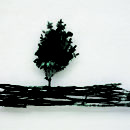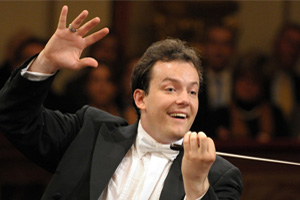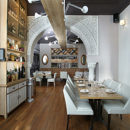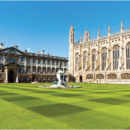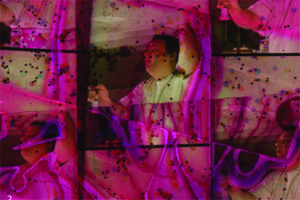
AN ART FAIR TO REMEMBER
The art world is rapidly changing. We are basically going through the same process from 30 years ago, when luxury goods became available and not only to the very rich. A few decades ago, only distinguished auction houses and a few art galleries represented the art market. Today, the appetite for art seems unstoppable.
The Frieze Art Fair alone has achieved international recognition in only a few years for its remarkable knowledge of the art market and its collaboration with meticulously selected galleries. We had the pleasure of interviewing Joanna Stella-Sawika, deputy manager Frieze London.
Who buys art in 2013? Is there a difference between the type of buyers today and the ones who used to buy art a few years ago?
We established the fair in 2003 and in that time relatively short time there has been a change in collectors. The biggest shift has been in geography, we now see collectors from all over the world visiting our fairs and there is a much bigger geographical awareness of contemporary art across the globe.
What sells today? And what is the difference between the most coveted items today and in the last ten years?
There are always trends in the art market and collectors today are more confident than ever: they are usually very knowledgeable about the work that they collect. Today collectors are always looking for new discoveries and so the items most in demand can be very challenging works.
What is the most popular form of art – sculpture or painting?
At our fairs we see popularity for all forms of art. Also, there is an increasing market for performance, at Frieze New York this year Marian Goodman presented just one work: a performance by Tino Seghal – it was a hugely successful strategy for the gallery.
Are young artists coveted for galleries or do the great masters remain a focus point?
It really depends on the gallery; some are very good at recognising talent at grass roots and have a reputation for discovering young artists. Others are able to maintain the careers and reputations of great masters incredibly well.
What makes an art fair unforgettable?
An art fair is careful combination of galleries, artists, architecture. We encourage the galleries to bring their most ambitious artists and do everything we can to help them realise those works. We try to make our fairs unique by commissioning architects to design a bespoke structure; this gives us the flexibility to create the space and light required by both galleries and visitors. This has become a signature element of the fair and core part of our identity. The energy, light and atmosphere are all very special parts of the fair with particular attention to the design of the space. Attention to detail is another important part of the puzzle, for example the food at the fair – great food can make a good experience into an unforgettable one.
There are a number of Romanian galleries who have success at Frieze every year. For example: Ivan Gallery and Galeria Plan B. There is a huge appetite for works from galleries in Eastern Europe and we try to ensure that those selected for the fair and a good representation of the world’s contemporary art. For younger galleries we have special sections of the fair, Frame and Focus that provide a platform to gain attention at the fair. It’s a good place for a young gallery to start and we look forward to welcoming more Romanian galleries in the future.



